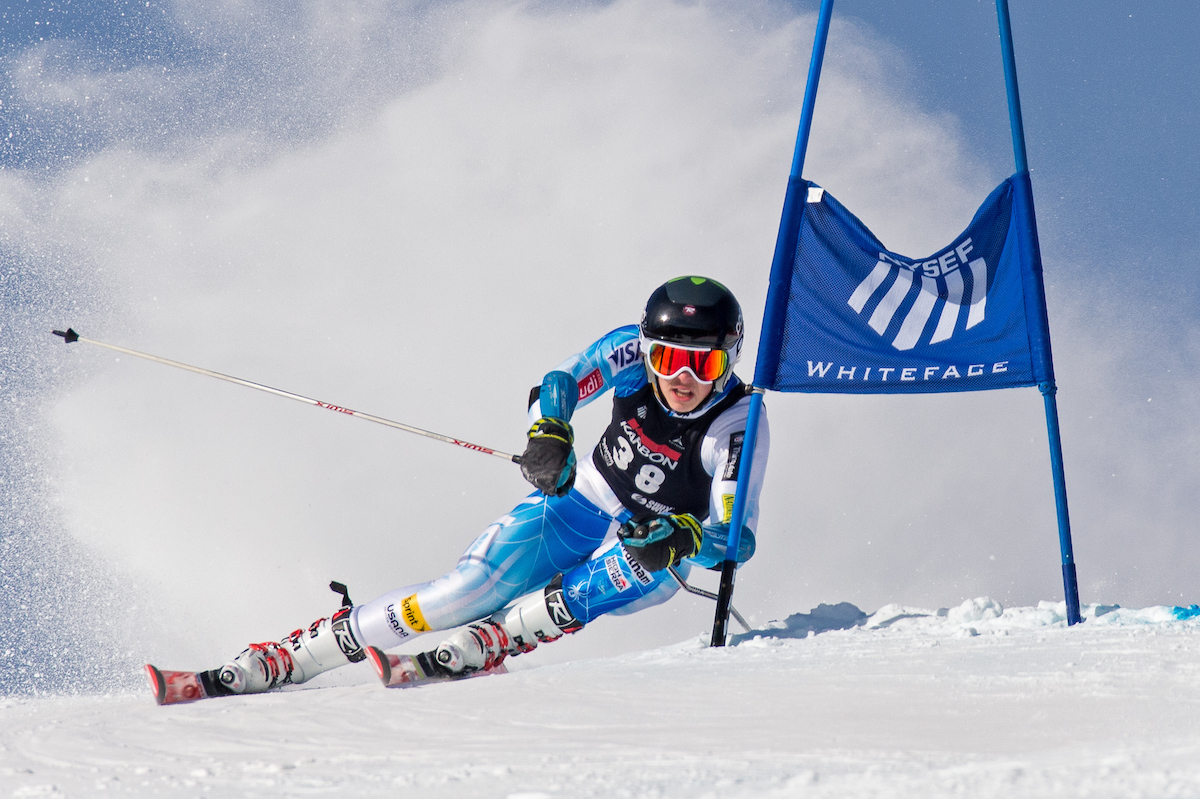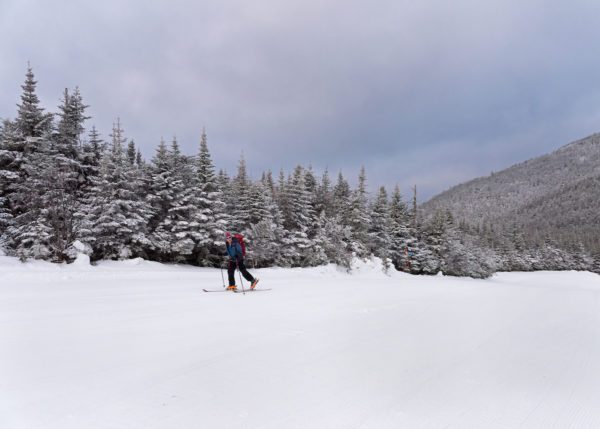
Intro
John DiGiacomo battles frigid temperatures for hours at a time in order to nail winter sports photo-shoots. After moving to Lake Placid, a premier sports venue in the United States, years ago, John’s interest in photography quickly transformed from a hobby to a career.
Background
Though John’s captivating photos make it seem like he has been working as a photographer forever, his career started a bit later than most. He pursued a degree in Finance, which led him to work in the corporate world for several years. Once this ended, John turned back to photography.
Back to Photography
John picked up landscape photography as a hobby and soon after began working as a self taught, freelance photographer. After moving to Lake Placid, he naturally got involved with winter sports photography, and shot several local events. After having the Associated Press look at his photos, John got involved with more freelance work. His recalls covering free style aerials and moguls for the Associated Press as his first major winter photography gig.
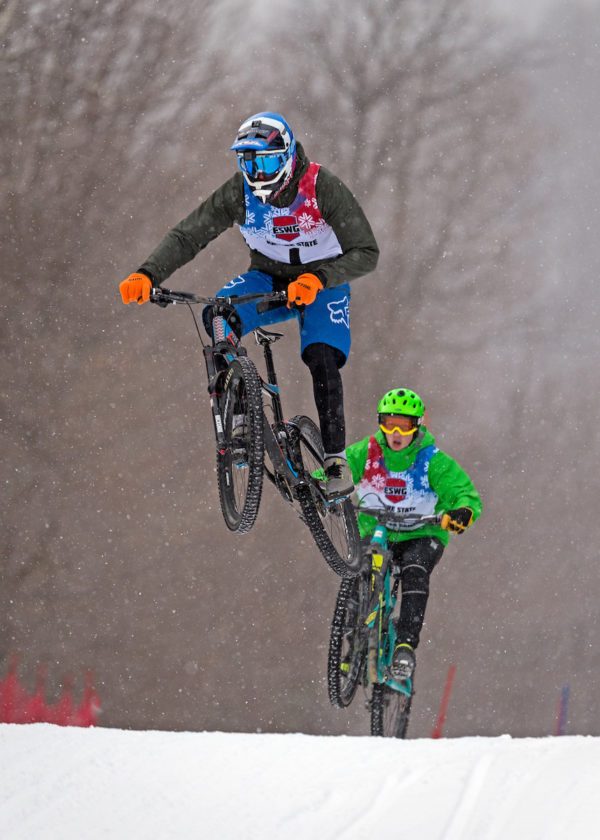
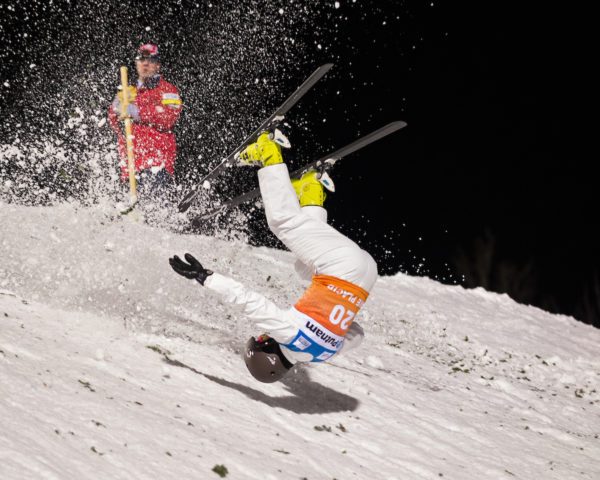
Since then, John has worked with the Toronto Star, ECAC Men’s Ice Hockey, the Olympic Regional Development Authority and several other organizations, shooting their events. His work can also be seen featured in publications like the Adirondack Explorer and Adirondack Life. His photos truly capture the beauty and adventure in winter sports. From luge, to ski moguls, to bobsledding to ice hockey, John’s portfolio is extremely widespread and diverse.
Challenges
Of course, photographing winter sports comes with a slew of challenges. John notes that with “sports and nature photography being based in the Adirondacks, weather is a huge factor.” Unpredictable weather patterns coupled with frequent harsh conditions require an immense level of flexibility from John and his equipment. He recalls shooting the world cup luge event at 15 below 0, and he continuously shoots ski aerials at 7 or 8 below 0. John notes that preparation is key in these bitterly cold temperatures. “With sports, you’re out in the cold for a full day. You need to dress appropriately and gear needs to be protected. This includes having cards and extra batteries either in your base layer or close by. You also need to be ready for sudden snow.”
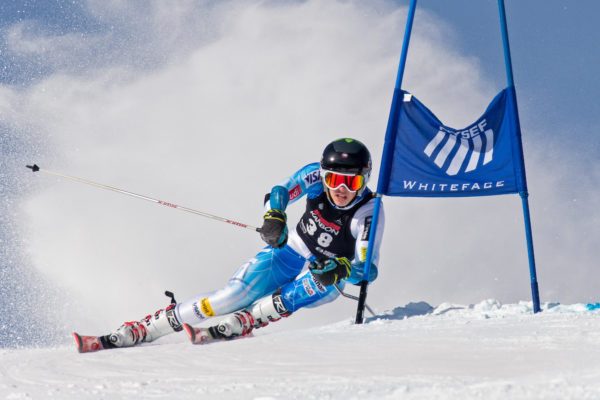
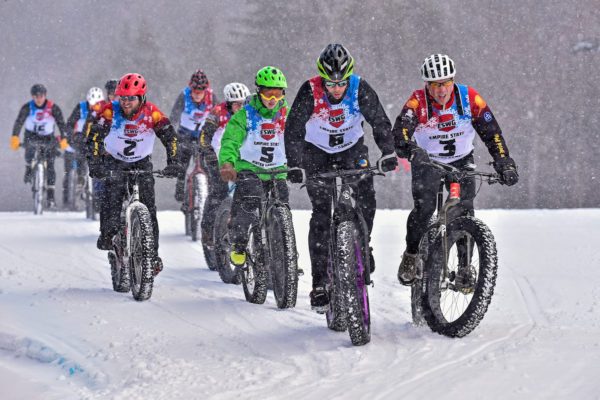
Equipment
When looking for equipment, John prioritizes camera bodies and lenses that are built to stand up against the harsh elements of the outdoors. “You can’t get a piece that’s going to have issues in heavy snow or rain. You also need to make sure that your gear is weather protected and that seals and auto focus will hold up even in the freezing cold. Finally, John looks for equipment that is “able to take a bit of a beating.” During many of his shoots, he is skiing his gear onto the course, lugging it up a mountain, or transporting it in a canoe. He needs to be confidant that his equipment will be able to weather these situations.
Over the years John has used several Sigma lenses and has been extremely pleased with their performance. “I’ve used both the 70-200mm and the 120-300mm in pretty harsh conditions. They’ve held up really well. I’ve also tested the 24-70mm and the 24-105mm and can assure that these too can handle the conditions that exist on the mountain. “ John has used 150-600mm Sport lens in the snow and to shoot loons from a canoe. This lens too has proved itself to be strong and sturdy in harsh conditions. In reference to the 150-600mm, John says that he uses Sports models when possible to ensure better weather sealing.
John typically brings a wide array of focal lengths to an event and chooses which to use based on specific circumstances. He stresses that it is important to know what you’re shooting and what specific type of shot you’re looking for before deciding which lens to use.
When it comes to shooting a ski race, John relies on lenses with longer focal length for safety reasons. Due to the fact that you cannot be so close to the skier itself, the 120-300mm and 150-600mm lenses are most effective.
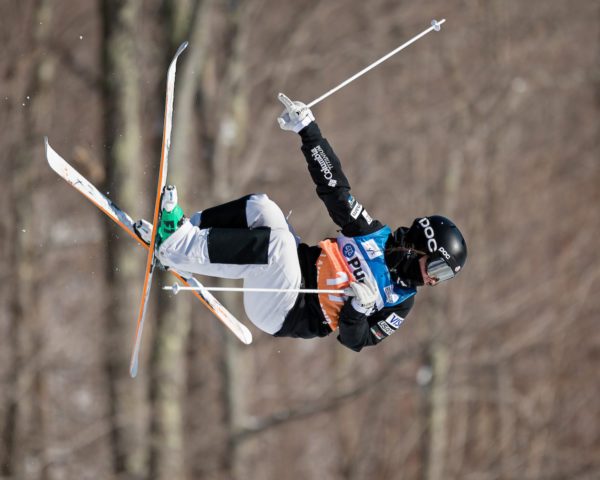
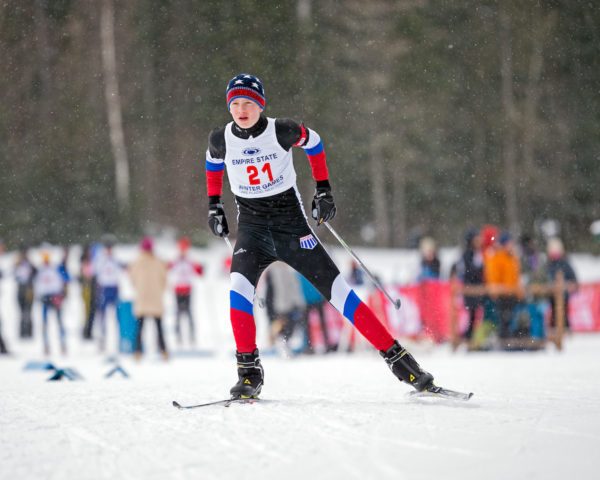
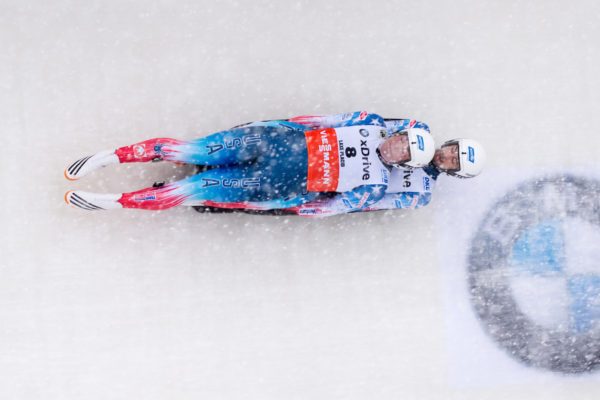
On the contrary, for shoots capturing the action close up, John uses the Sigma 24-70 or 70-200mm. He also uses these lenses during flower and medal ceremonies, and for post event celebrations as they successfully capture facial expressions and other small details.
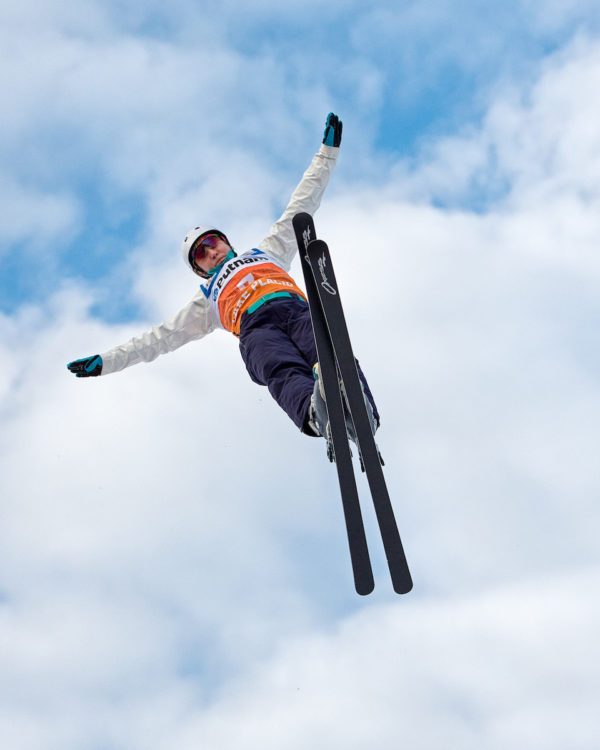
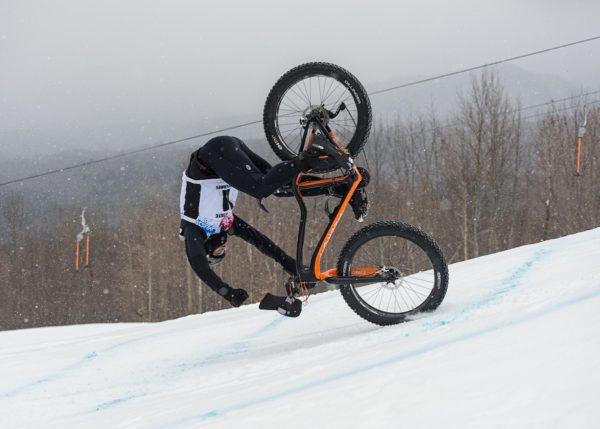
Typically for bobsled, skeleton and luge, John once again uses longer lenses. When he is looking for a more creative shot, he may take out a winder angle lens or a 15mm fisheye lens.
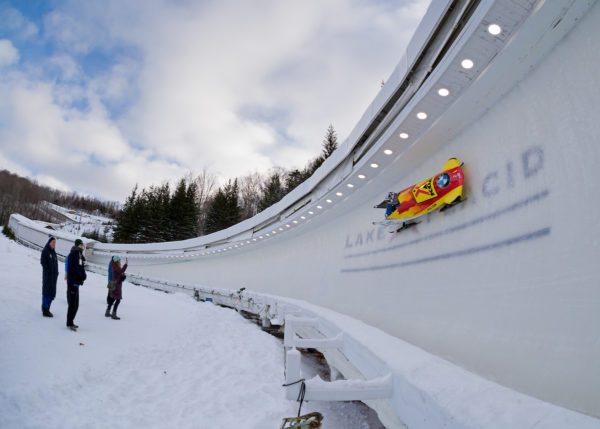
Advice for New/Aspiring Winter Photographers
It’s no question that working as a winter sports photographer requires a great deal of flexibility and tolerance in uncomfortable environments. John gives the following tips to those that are new to winter photography.
- Clothing- Make sure to dress in layers. If conditions warm up you can strip down. John always has a down jacket with him for warmth and a shell to protect him form the wind. He also uses Dermatone on his face, which protects his skin from chapping, wind, and frostbite. He makes sure to bring an extra can of Dermatone as well as extra hand and toe warmers.
- Gloves- Though John hasn’t found the perfect solution for gloves, he has found a good compromise. He uses a glove liner that is touchscreen compatible enabling him to use his phone while keeping his hands covered. On top of that he wears mittens with a retractable top and holds.
- Preventing Ice on Camera- John says it’s important to make sure that you do not breathe close to the LCD or the viewfinder. Since your breath is warm, this would cause a layer of ice to form on the camera.
- It is also important to utilize cold rooms when you are photographing cold weather events. By keeping your equipment in a cold room, you are avoiding a dramatic change in temperature, ultimately preventing the formation of condensation on your lens.
- When the event is over, make sure to put cards in your pocket if you want to download them immediately. Put the rest of your equipment back in their bags and tie them in a plastic bag. This allows the equipment to slowly adjust to the warmer conditions and minimizes condensation build up.
- When Shooting- Keep the camera pointed down or at a downward angle to avoid water or snow droplets. John holds extra lens cleaners on him to wipe off unwanted droplets. “There’s nothing worse than going to edit your photos and finding water that you didn’t see when you were shooting.”
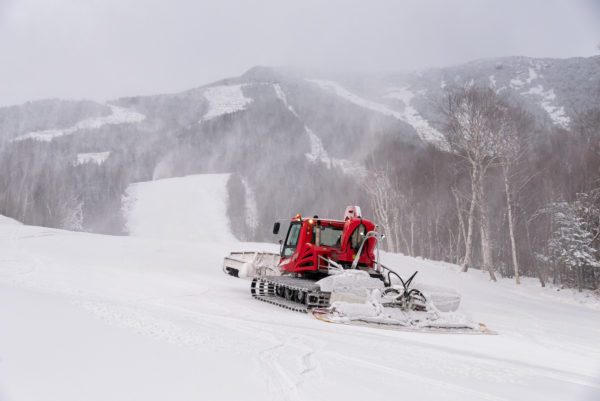
Conclusion
John stresses the importance of a combination of preparedness, flexibility and stable equipment when photographing in harsh conditions. Because of John’s experience combating these challenges, he is able to capture stunning photos with an indescribable energy.

